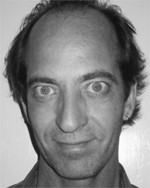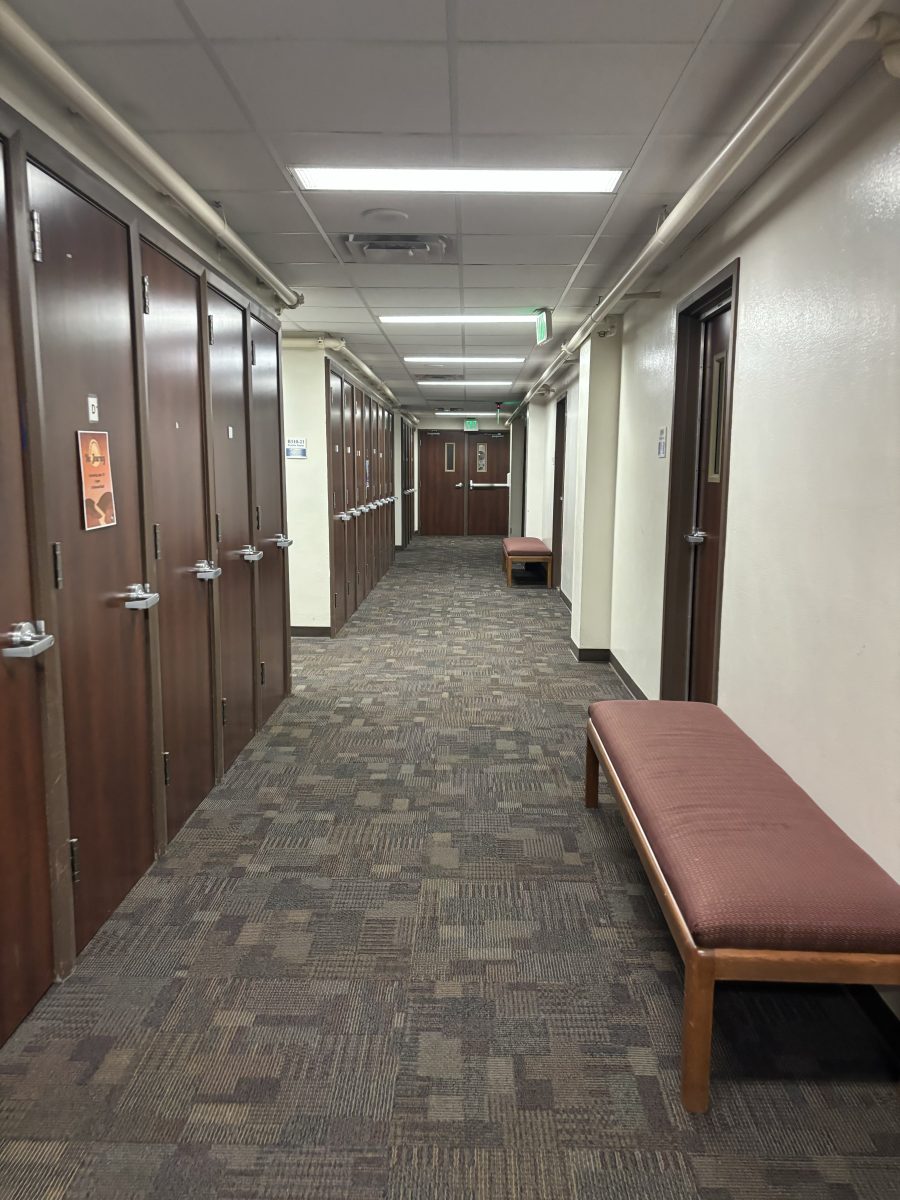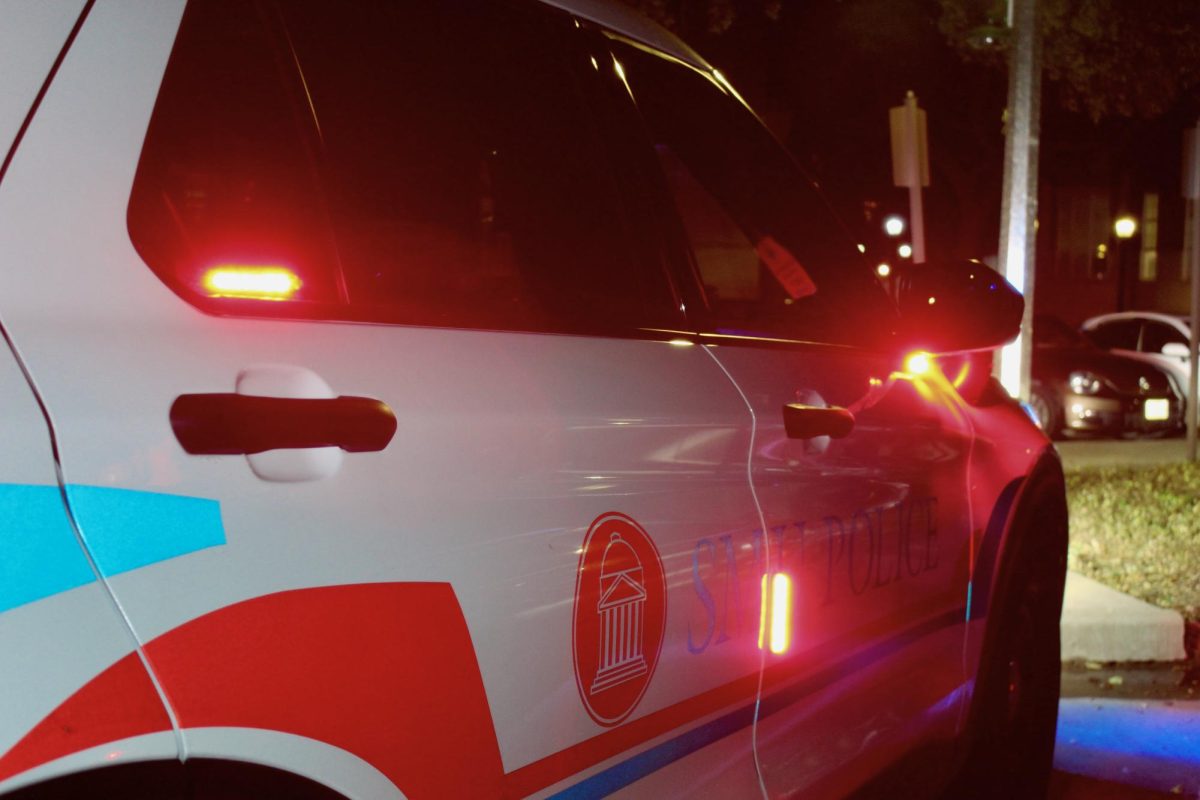
Abandoned
(This is the fifth column in a series)
Abandoned.
As the roof failed, first on the south end of the west wall, the rains washed the vertical layers of plaster washed off the wall and into horizontal layers on the south end of the floor.
The roof got worse or was taken for use elsewhere (a common practice with scarce materials.) Sand blew into the room in thin layers. It accumulated in a shallow dune sloping from the north wall down to the plaster that washed down in the south end of the room. At its thickest, at the north end, the sand was about 20-centimeters deep – thin layers of fine sand, with no aggregate, even coarse sand, of particles small enough for only the wind to carry. Natural processes were reclaiming the room after cultural abandonment.
And then humans came back. A child was dying. It wasn’t an immediate threat; the child had been in some difficulty for some time. They knew it was almost time for replanting.
A hole was carefully prepared, dug through the wind blown sand, through the rain washed plaster. They dug through two adobe floors and carefully prepared base sandwiched between them. They dug through the lenses of ash and into soil never before touched by man.
All the dirt, the sand, the plaster, the ash removed was set aside. Half of the black pot, left in the center of the room where the hole was dug, was set aside with the mix of sediment, now a hole. The turkey feet remained untouched just a few centimeters to the west.
Someone was preparing to bury their child. The child’s spine was compressed. The long bones, arms and legs, were stressed and unusually porous from the demands of hungry muscles. A hungry child.
The family had returned home, possibly, to replant the child. The hole would have taken at least an hour of steady digging. (With metal tools it would take that long; with earnest it could be done with bone and wood tools as quickly.) The child was probably still alive as they dug, slowly passing away.
I assume this from the situation of the uncovered remains. Though the child was weak and suffering some skeletal stress and weakened bones, no bones were broken. The hole, prepared, was too small for the body. The head was turned upward, perpendicular to the body, folded, resting in a fetal position. The chest faced nearly upward so as to twist the neck as well and bend it acutely. But no broken bones.
The neck was not snapped and the spine remained a fluid curve from top to bottom. I assume the child was replanted before rigamortis set in, about a half an hour after death. The planting occurred while the body was warm and flexible.
And the kettle. Most of the half (that was placed in the center of the room) was replaced in the hole with the rest of the fill. One piece was found in the lap of the child. One piece of pottery that didn’t quite cover the palm of my hand was nestled between the child’s lowest ribs and folded legs.
It is possible that the piece inadvertently landed there. It is also possible it was put there with intent. I choose the latter, as unscientific as that may be.
Half of the broken kettle was placed in the center of the room as part of the process of abandonment. It wasn’t a casual expression. The center of the same room was chosen as the spot for replanting.
Even if the two processes overlapped as coincidence it would still seem both were, at some level, ritual processes. Of course they both happened in the center of the room.
But what if someone associated with the abandonment returned to a familiar place, to fertile soil, to plant a dying child? What if the placement of the hole and the pottery sherd were absolutely intentional just as the placement of the turkey feet and the breaking of the piki and the black kettle? As calculated as the wall footing and the floor.
All we find today is circumstantial evidence, no witnesses have survived. We can look at folks that are still pretty close to them, in process, but the child was buried hundreds of years before anglo contact.
Much has changed since then. None of us can look back a priori; we carry with us our own experiences. Every inference I draw is tainted by me. Yet I postulate.
In this investigation as an anthropological detective I venture with a hunch. No absolutes, just a hunch. One of many tools (such as pollen analysis and carbon dating.) From there ideas can be tossed and tossed around. Contrasts and comparisons are made. I can’t determine intent, but hell, I might be able to tell a story.
Compost.











